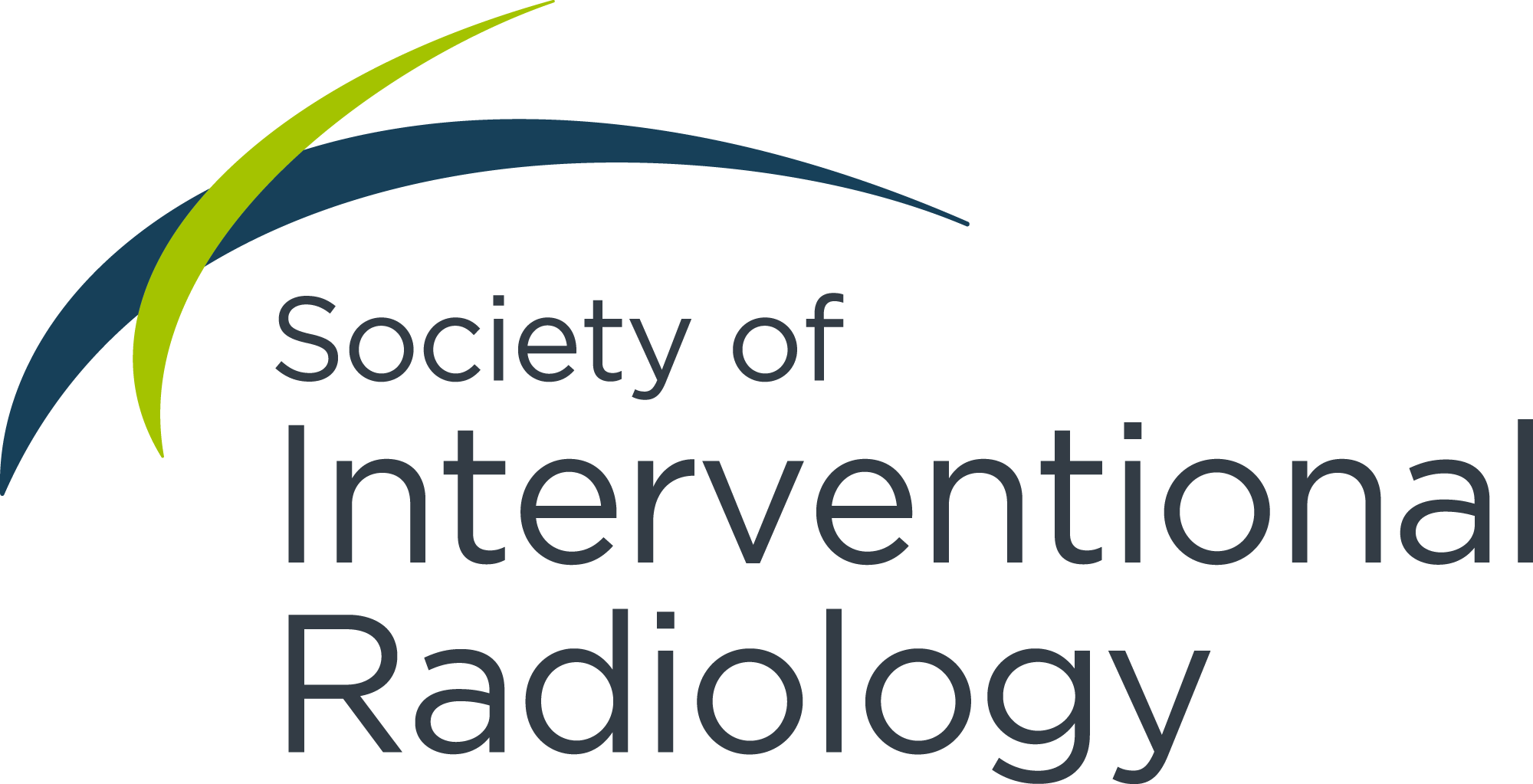ADVERTORIAL
In today’s ever-changing IR world, knowledge is power. Facts and figures provide critical information that will help define the current direction of departments and plan for the future. It is essential to determine service trends, examine physician and location variances, identify potential revenue opportunities, monitor physician and staff caseloads, and ensure you are meeting service-related teaching requirements. It’s a seemingly overwhelming task, collecting all the data an IR department needs to justify itself as a cost center and prove patients are receiving the highest quality care. Not to mention meeting regulatory and certification requirements that seem to change daily.
Quality is not a static measure—it’s an iterative process of meeting a standard of excellence, studying it and applying pressure to improve it. In its most basic form, documenting quality requires taking steps to ensure standard, consistent data collection without bias. Many IR practices lack even the basic tools to enable this type of data collection and are therefore unable to progress into the iterative quality improvement feedback cycle, where improvement occurs.
Setting up a quality improvement process
Implementing a quality improvement process may be a daunting task without the tools available to measure progress. To help with the process, HI-IQ, software designed to measure quality in IR, recommends setting up a “Quality Scorecard” to evaluate your performance (Fig. 1). There are three steps in the basic quality improvement process. Steps 2 and 3 are intended to be repeated as processes are refined, allowing you to make iterative progress toward your goal.
- Set a goal and measure baseline performance
- Implement an improvement process
- Remeasure the outcome; refine the process; repeat
The Hospital University of Pennsylvania (HUP) is an exceptional example of tracking IR quality and outcomes. HUP is a high-throughput department that focuses on teaching IR residents and utilizes HI-IQ to capture the data needed to ensure quality and efficiency, while simultaneously meeting the requirements needed for Ongoing Professional Practice Evaluation (OPPE). HI-IQ is utilized across the HUP enterprise to report and track all key elements needed to meet these requirements.
“Having detailed, real-time data about procedural volumes and complications is a game changer,” said Scott O. Trerotola, MD, FSIR, associate chair and chief of interventional radiology at HUP. “The reporting capabilities of HI-IQ make required tasks such as OPPE a breeze. Being able to respond to a request for IR data from a business manager with a few keystrokes is phenomenal.”
Dr. Trerotola utilizes the Service Activity Analysis in HI-IQ to pull individual detail and summary reports on all procedures performed by residents at all the HUP locations. The analysis looks similar to the two examples below (Figs. 2 and 3), which show detailed services performed as well as an overall trend of services performed by residents in the department.
The impact of procedural data
Since today’s healthcare environment focuses on value vs. volume, it is increasingly important to be aware of complication trends and outcomes to evaluate where quality and/or educational improvements will have an impact on department performance.
A study published in the Journal of the American College of Radiology1 found that simply requiring a monthly review of major and minor adverse events led to better rates of reporting. By tracking adverse events in accordance with the SIR Standards of Care Committee updated outcomes classification,2 you can drive quality discussions using real data at department morbidity and mortality meetings. Five data points can be used to calculate metrics for use in analyzing risk and evaluating outcomes, as in the HI-IQ example below, also used in the HUP IR department (Fig. 4).
Improving workflow
In addition to service and adverse event analysis, concerns about repetitive holds in the workflow are a common occurrence but often lack evidence. Transport delays, patient consent, labs and room turnover all block an IR workflow. Delays and holds in the process can cost staff and resources valuable time, which can also affect patient care and satisfaction. Providing proof of bottlenecks inspires conversations to improve the quality of the IR workflow. Utilize the data captured during a procedure to identify an increased need for additional staff and room resources. Calculation of room utilization and turnaround time as well as the percentage of on-time encounters can be the information needed to support your requisition (Figs. 5 and 6).
Conclusion
The first step toward improving quality is measurement. If you desire to improve the quality and outcomes in your department, ensure that you have the appropriate tools available to collect and analyze the data required to help prove the value of your IR therapies.
1 of 6

Figure 1: Quality Scorecard
2 of 6

Figure 2: Detailed service activity analysis per resident
3 of 6

Figure 3: Service volume trend over 3 years
4 of 6

Figure 4: Adverse event analysis
5 of 6

Figure 5: Room utilization analysis
6 of 6

Figure 6: On time encounters per week for December
References
- Dagli MS, et al. Impact of a monthly compliance review on interventional radiology. JACR. 2019;16(1):73–78.
- Khazlilzadeh O, et al. Proposal of a new adverse event classification by the Society of Interventional Radiology Standards of Practice Committee. JVIR. 2017;28(10):1432–1437.
Disclaimer: Please note that SIR is not responsible for any products or services offered by ConexSys, including HI-IQ. Nor is SIR responsible for any guarantees offered by ConexSys. Any concerns or questions about HI-IQ should be directed to ConexSys at (866) 604-4447.


